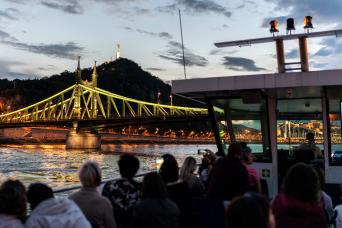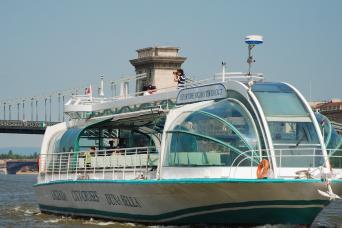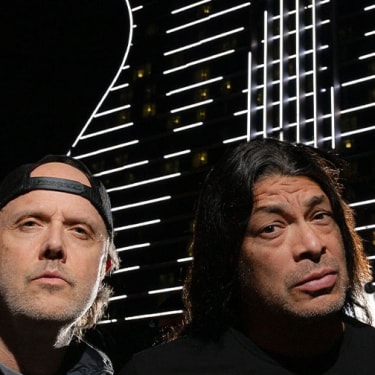More about: Budapest in 2 Days: everything you need to know
Budapest is nicknamed the Paris of the East for its elegance, history and architectural beauty. If you are organizing a short getaway, here is a condensed itinerary with the best things to see and do in two days, ideal for a first visit to the Hungarian capital.
Day 1: Discover the history, flavors and essential monuments of Budapest

Start your vacation in an emblematic place
Start at the iconic Gerbeaud's, a historic pastry shop on Vörösmarty Square that preserves the 19th century style and serves delicacies such as Dobos cake or **Gerbeaud'**s cake. It's the perfect place to soak up the bourgeois atmosphere of old Budapest.
Spend some time at the monument in honor of the Hungarian Jews
On the banks of the Danube, the Shoe Memorial pays tribute to the Jewish victims of World War II. Its symbolism makes it one of the most moving stops on the trip. From here, you can take a cruise on the Danube and see Budapest from another perspective.
Walk to the Parliament
The Parliament of Budapest is the great architectural symbol of the city. Inspired by the Parliament of London, its interior is full of history and splendor. A guided tour is the best way to explore it.
Visit St. Stephen's Basilica
St. Stephen's Basilica, the largest in the country, houses the mummified hand of King Stephen. If you like soccer, Ferenc Puskás is also buried here. In December, its square hosts a beautiful Christmas market.
Travel on the second oldest metro in Europe
Take the World Heritage metro line 1 with its iconic red metal columns. Get off at Hősök tere to continue your journey.
Stroll through Heroes' Square and its surroundings
This monumental square is surrounded by places like the Museum of Fine Arts, Budapest Zoo, Városliget Park and Vajdahunyad Castle. Ideal for strolling and taking good pictures.
Conclude the first day in the Jewish Quarter
Close the day with a visit to the Great Synagogue and dinner or a drink in one of the popular ruin bars in the surroundings, set in ruined buildings.
Day 2: Enjoy the best sights, spas and local flavors

Treat yourself to a sweet breakfast at Cirkusz
Start your day with brunch at Cirkusz Kávéház, famous for its house-roasted coffee and dishes like Egg Royal or homemade granola.
Cross the Chain Bridge
One of the icons of the city, the Chain Bridge connects Pest to Buda. Walk across and take the funicular to Buda Castle.
Take the best panoramic photos
Visit the Buda Castle, Matthias Church and Fisherman's Bastion for the best views of the city. Then, go down to the Danube to continue your route.
Relax at Széchenyi Spa
End the day at one of Budapest's historic thermal baths. The Széchenyi is ideal in summer, while the Rudas Baths, with its octagonal pool and Ottoman atmosphere, also offer evening sessions.
















